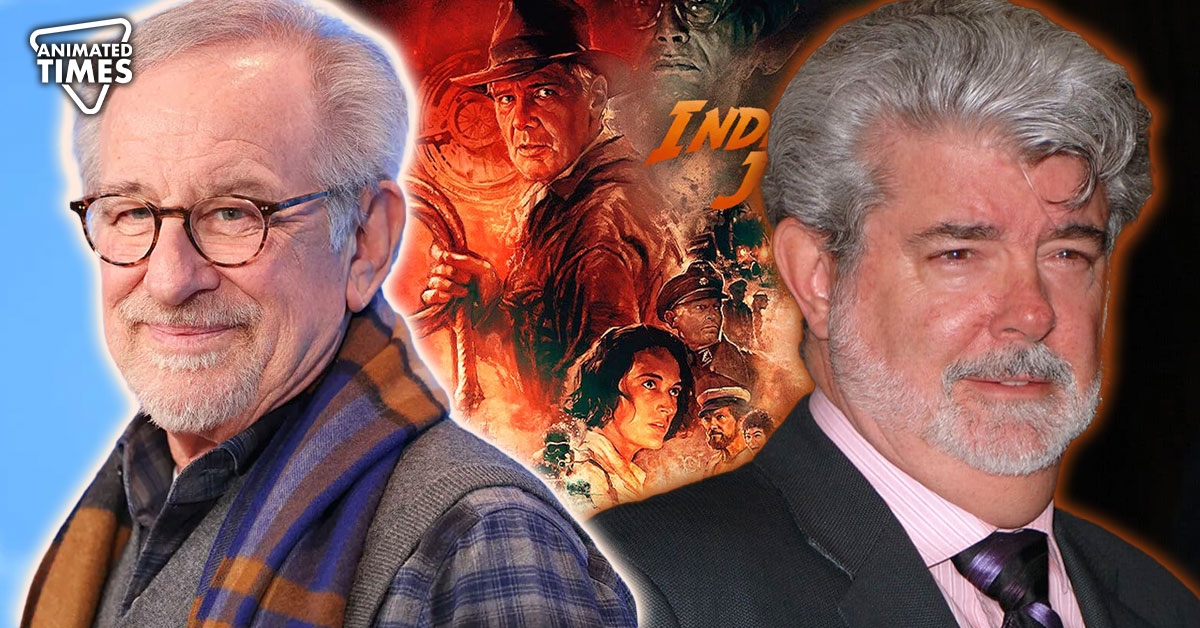Steven Spielberg Saved His Indiana Jones Franchise From George Lucas’ Terrible Ideas After His $333M Sequel Was Termed Racist
With Harrison Ford serving as the title character and Steven Spielberg directing a few of the films, Indiana Jones is one of the most well-known franchises in the business. The film has developed a devoted following over the years, and its creators are grateful for their efforts in bringing the sequel to the big screen.
The first four films were directed by renowned director Steven Spielberg and were created by Star Wars creator George Lucas. The two of them collaborated closely on the project. James Mangold, however, was in charge of directing Indiana Jones and the Dial of Destiny, the franchise’s most recent and last installment. Spielberg previously mentioned how he tried to save the franchise from Lucas’s ideas and vision.
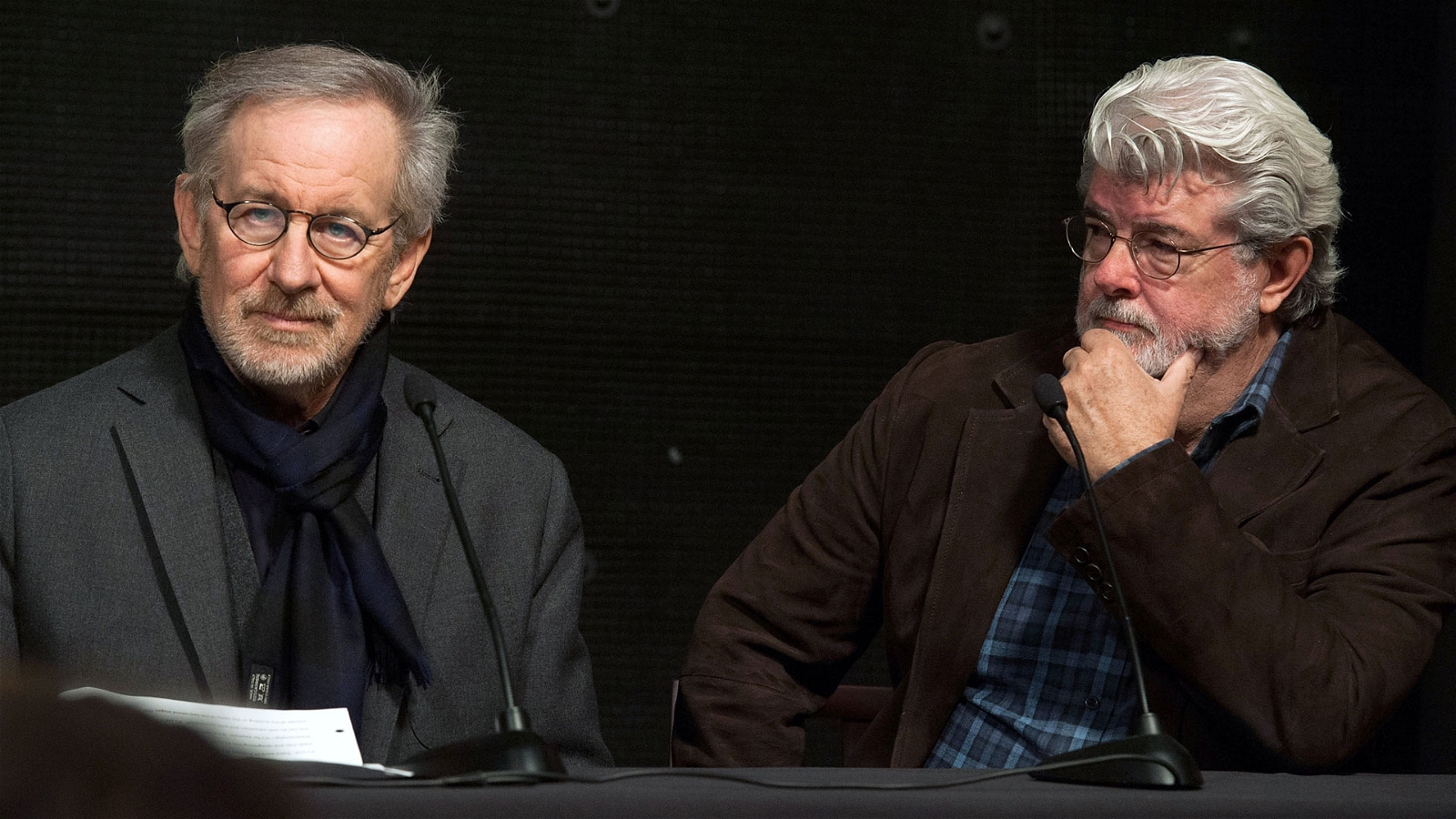
Steven Spielberg’s Indiana Jones and the Temple of Doom was termed as ‘racist’
The 1984 movie, Indiana Jones and the Temple of Doom stars Harrison Ford, Ke Huy Quan, Amrish Puri, Kate Capshaw, etc., as the main characters. The movie, when premiered, received mixed responses from the critics and the audience, even though looking at the box office collection, it did pretty well. But the depiction of India in the movie was because of why the movie was termed racist.
Talking about what was depicted on-screen was how the Indian cuisine was showcased with baby snakes, eyeball soup, beetles, and chilled monkey brains are not Indian foods. According to reports, Yvette Rosser, a professor, has criticized the depiction of the way India was shown on-screen. He said,
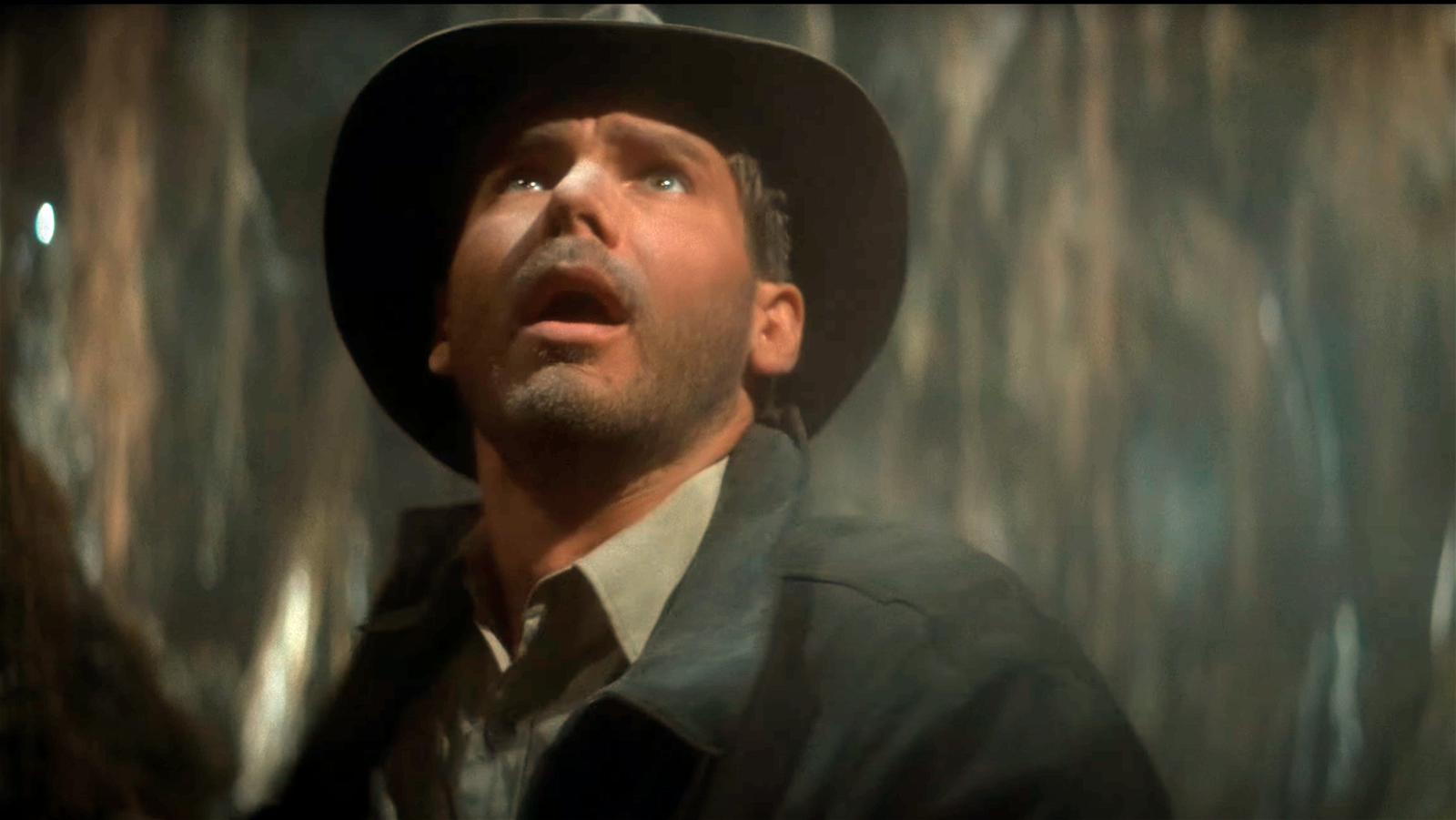
“It seems to have been taken as a valid portrayal of India by many teachers, since a large number of students surveyed complained that teachers referred to the eating of monkey brains.”
Another aspect was the movie’s white savior narrative, as Harrison Ford’s Indiana Jones character lands in a village where they are unable to help themselves. It was reported that the two filmmakers and friends at the time had decided to split from their respective partners, which is why the movie lurched between borderline misogynistic physical comedy centered on the squeamish of Kate Capshaw and scenes of disturbing violence.
Steven Spielberg quashed George Lucas’ idea of Indiana Jones and The Monkey King
During an interview, it was said that George Lucas wanted to have a third movie named Indiana Jones and The Monkey King where the hero is in the lost City of Sun Wu King with a giant ape and gorilla army between him and the Holy Grail. Lucas and Chris Columbus had both written scripts for the movie, which depicted when he opens the door to a haunted house, which finds Indy on a holiday and competing against the Nazis in quest of the Garden of Immortal Peaches.
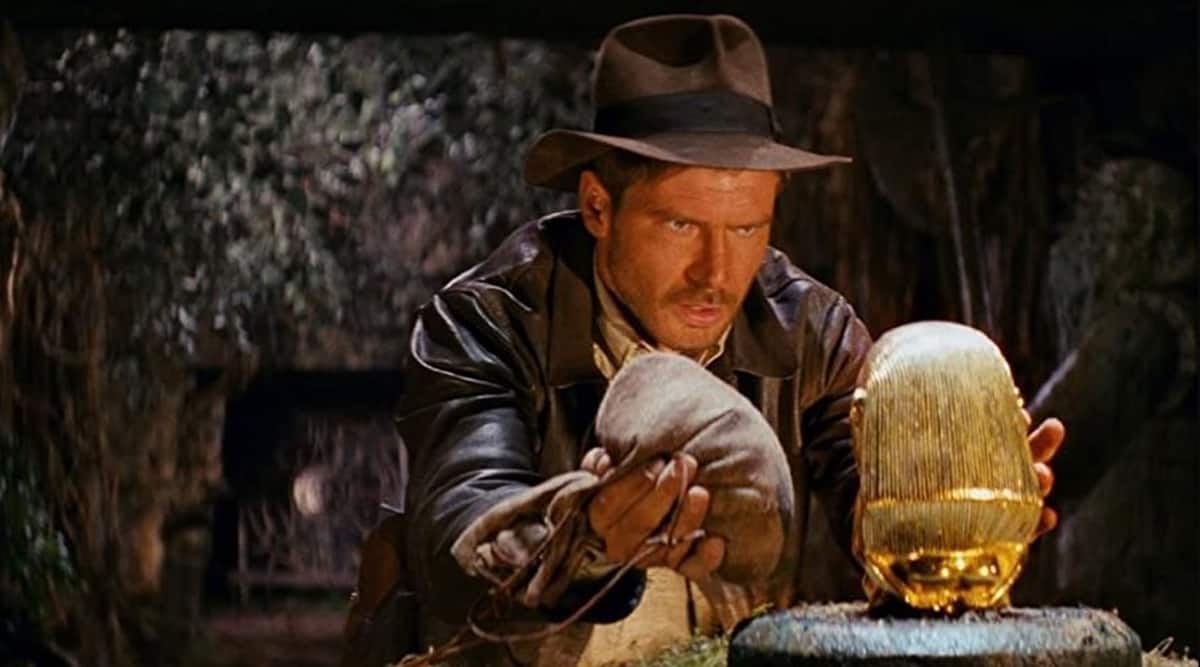
Steven Spielberg quashed both ideas and said they were too far-fetched for the third installment of the franchise. The director instead returned to an idea he’d originally been skeptical about the Holy Grail. Lucas had previously pitched the idea, but Spielberg worried it didn’t pack enough spectacle and that too many people associated it with Monty Python but they went ahead with the Holy Grail.
Steven Spielberg’s Indiana Jones and the Kingdom of the Crystal Skull saved the franchise
According to reports, Indiana Jones and the Temple of Doom and the Last Crusade received mixed reviews online, with Temple of Doom being termed as racist, Spielberg’s 2008’s Indiana Jones and the Kingdom of the Crystal Skull was considered to be one of the movies that actually saved the franchise.
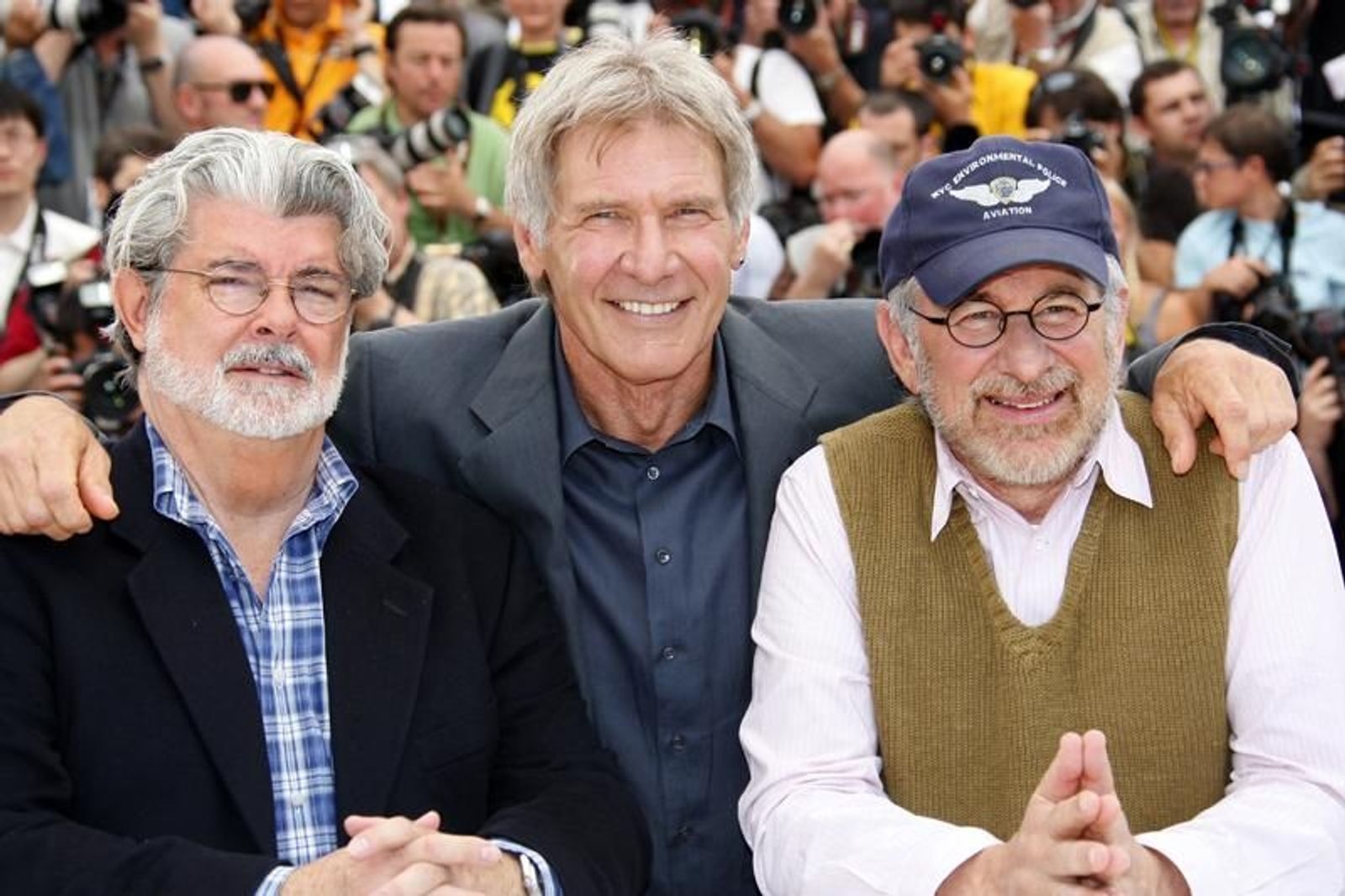
After a gap of 19 years, Indiana Jones and the Kingdom of the Crystal Skull was the first movie that premiered and actually saved the franchise as it went ahead to revive the franchise that had been dormant for two decades. Towards the end of The Last Crusade, Indiana Jones rides off into the sunset hinting at a goodbye but the Crystal Skull opened a chance for the fans to witness the magic of the archeologist once again, and even though considered as a disappointing movie, it kept the franchise alive.
Source: Independent

